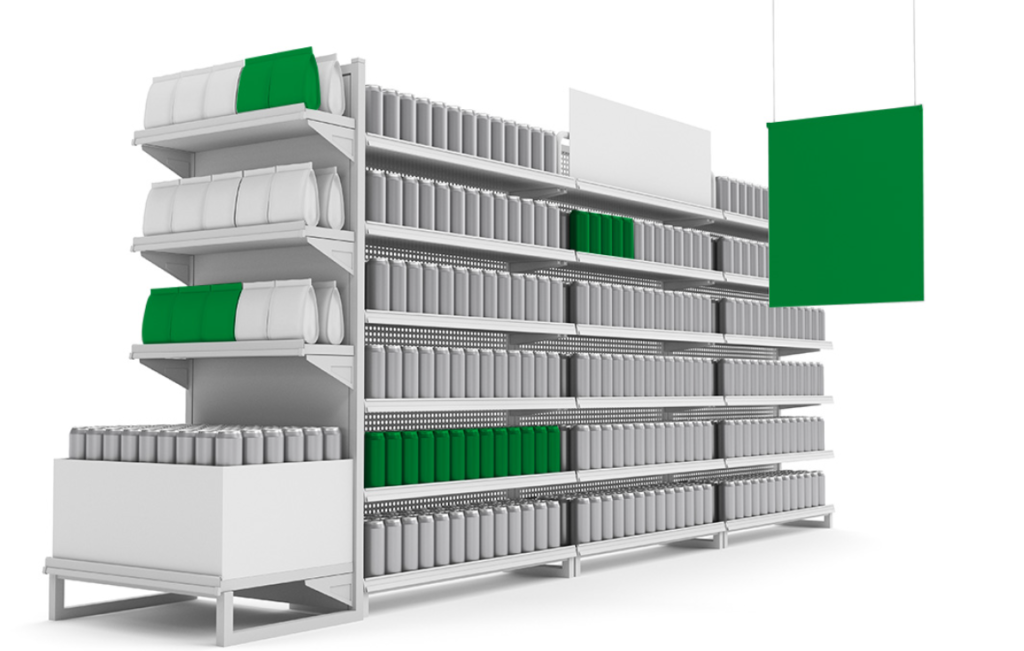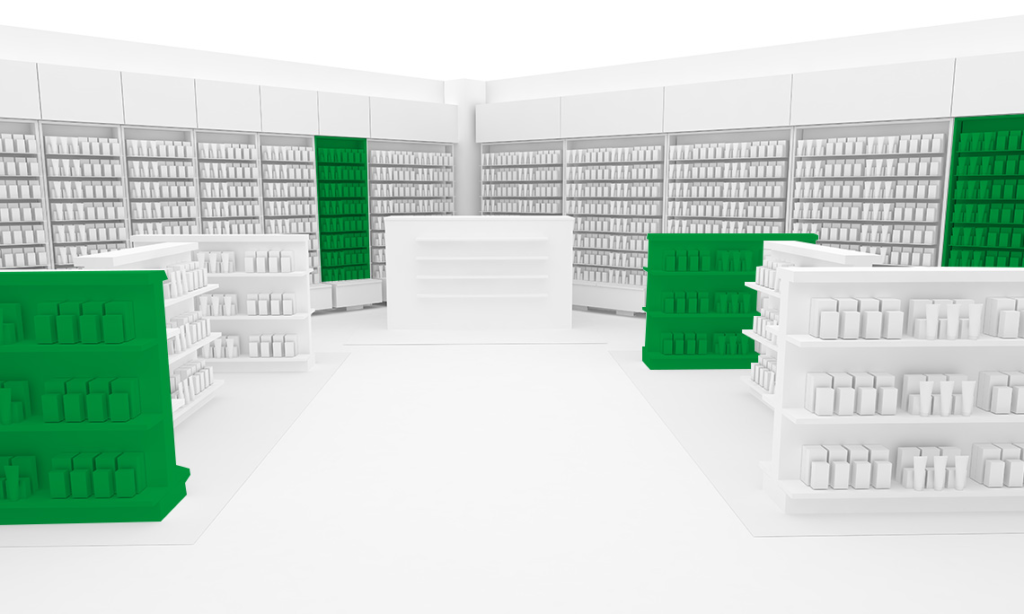
According to a study conducted for the retail industry, having the right shelves for display can boost sales by 30%! However, although this sounds very appealing, verifying product settings entails a lot of human work and, sadly, isn’t always reliable. How can you automate the process of verifying the in-store shelves display of a number of products? Is there any way to control exposure in real-time and access detailed reports? The only thing you have to do is seize the opportunities technology brings! This is not just empty words – we built a Shelf Inspection AI system for one of our retail clients to automate and streamline display verification. Can any number of products be verified?
Yes – all you need to do is leverage the opportunities that technology brings! These are not just empty words – we created a Shelf Inspection AI system to automate and streamline display verification for one of our retail clients. How? We are sharing our solution below. It facilitates and enhances the display verification process.
As contract goods account for a large percentage of shop sales, every outlet of a retail chain must have a detailed product display planogramming. A planogram is a visual representation of how products should be arranged in a shop space – the right planogram optimizes the store’s display and assortment and drives sales – this is what distinguishes proper merchandising.
Shop managers who work with multiple suppliers face the challenge of maintaining a proper shelve display. Research indicates that planogram guidelines are only followed 60% of the time in the cosmetics industry (especially when launching a new product) and 40% in the food and beverage industry. (Skilltelligence).

However, most of the processes involved in maintaining proper exposure can be automated: reporting, verifying, and archiving. Solwit was asked to support one of our clients with just such a project. Using artificial intelligence (AI) and machine learning (ML) technology, our team developed mobile app and a real-time exposure tracking system.
Each of our clients’ shops would periodically receive a planogram by email before the implementation of the Solwit solution. Detailed instructions were included in the message on how to and how many products to place on the shelves. At each location, product display and product number were adjusted according to the guidelines provided to employees, while manufacturer representatives conducted random product display checks.
What made such a merchandising process inefficient?

We took on the challenge based on our own experience in image and video analysis. We developed Shelf Inspection AI, an application for remote exposure verification and real-time reporting. Before getting down to designing the solution, we conducted a concept workshop with the client.
During the meeting we:
In this type of project, selecting the right technologies and tools is the next step. As a result, we decided to use cloud computing technologies (Google Cloud Platform), machine learning models, and a widely-available and popular operating system for camera phones (Android). Creating a Proof of Concept (PoC) allowed us to verify the validity of the solution before even starting to implement it.
The Shelf Inspection AI system delivered by Solwit consists of an easy-to-use mobile application, a Google Cloud Platform-based backend, and interfaces to communicate with our client’s IT system. Among the other technologies used in the project are:
Our solution automated the real-time display audit process for more than 700 outlets of a major retail chain.
The mobile app revolutionized our client’s display verification process and facilitated the work of its stockers.
Automating and simplifying the process results in the following steps:
Sounds simple, right? It’s exactly the same in reality. SIAI – Shelf Inspection AI system flow chart
The Shelf Inspection AI system:
● allows managers to control the performance of suppliers’ contracts, which is crucial for meeting their terms as well as maintaining positive relationships.
Nowadays, artificial intelligence (AI) is the designated “person” that verifies the stocking of shop shelves, thanks to trained neural networks. Reports and data can be generated with the immediate analysis of images and comparison with planograms. And with these, you can keep track of information about specific outlets and results.
Furthermore, such a solution eliminates the need for additional staff (auditors or sales representatives) to check the product display at all sales locations regularly. A challenging, often impossible, and expensive task, but luckily technology offers a chance to reduce costs and streamline the process.
We designed a system that is scalable, based on client requirements, by utilizing cloud technology. And thanks to that, it can be freely extended and modified if needed in the future. Additionally, we ensured the collected data was secure, an absolute necessity in today’s world.
